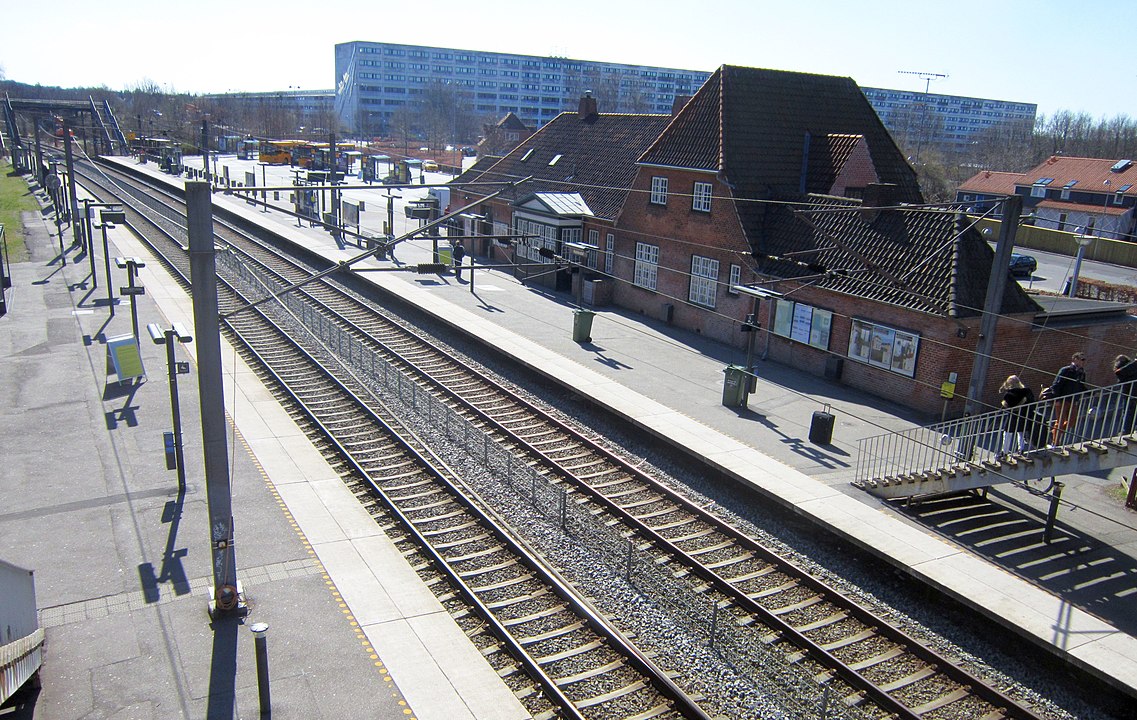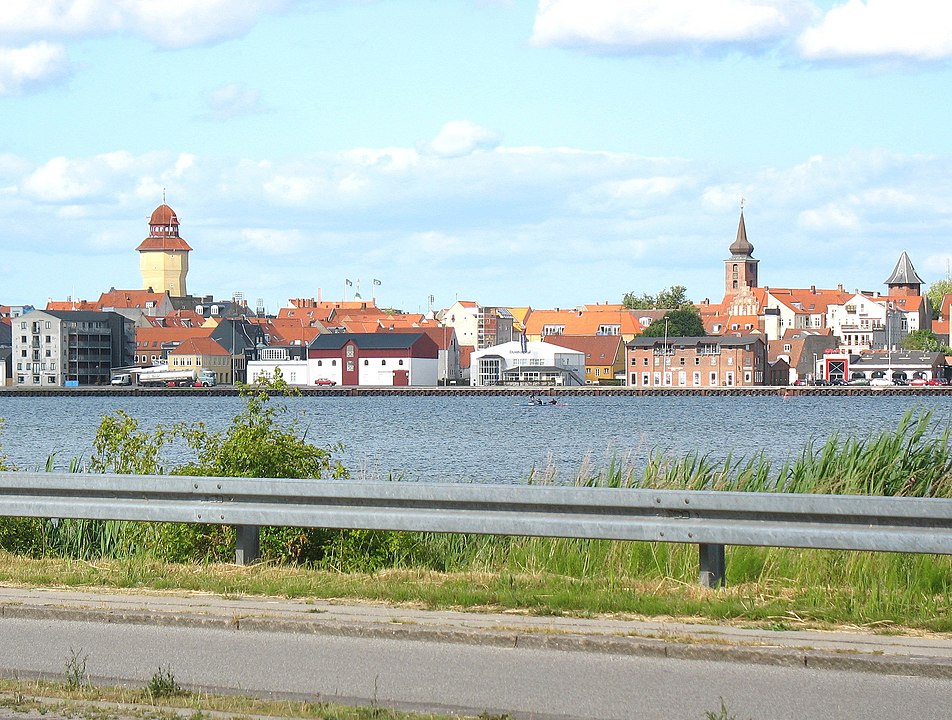What is the background to the banking rule?
The rule was first introduced in 2017 by the Liberal (Venstre) Party minority government, but was then extended by the Social Democrats to cover practically all employees working in Denmark from outside the European Union.
When the rule was proposed, the government said requiring all payments to be made to an account in a Danish bank would “strengthen the possibilities for Danish Agency for International Recruitment and Integration (SIRI) to check if an employee is in fact receiving the salary promised in their employment contract”.
Under the rule, a bank account needs to be set up within 90 days of the residence permit being granted or the employee entering Denmark.
Why is it a problem?
It can take months for a new arrival in Denmark to get a Danish bank account, as they first need to get a residency permit, then a CPR number, a Danish address, access to the MitID digital identification service, and a health insurance card.
As a result, business organisations have argued that bureaucracy means they can sometimes go for months without a salary.
“For employers, it is extremely stressful to have highly educated and highly qualified employees they would like to retain in their new position, but they cannot pay their wages,” Rikke Wolfsen, head of the Danish immigration practice at EY, told the Politiken newspaper. “As for the employees, companies have told us that some just say, ‘well, I can’t do that, this. There are other countries in the EU where I avoid all that hassle’.”
According to a survey by the Confederation of Danish Industry (DI), 84 percent of Danish companies said that international employees had problems getting a Danish bank account.
Søren Kjærsgaard Høfler, a consultant at DI, argued in comments to Politiken that SIRI could check that the right salary was being paid through the Danish Tax Agency’s digital reporting system, eIndkomst, making the extra security of requiring Danish bank accounts unnecessary.
In addition, he said he knew of no other country that had a similar requirement.
Who wants to get rid of the bank rule?
Denmark’s three major business organisations, DI, the Confederation of Danish Employers, and the Danish Chamber of Commerce are all calling on the new three-party coalition to remove the rule in reforms to work permits expected to be announced later this month.
“We have set something up which is quite simply pointless,” Erik Simonsen, deputy director of the Confederation of Danish Employers told Politiken, calling on the government to “remove this sort of thing, which only serves to make life more difficult.”
Høfler said that DI “supported the companies in saying that we do not see any sense in this rule”.
The Liberal Party, one of the three parties in Denmark’s new ruling coalition, has given its support to scrapping, or at least reforming, the rule.
“Of course, we must take the messages we receive from the business community seriously when it comes to the fact that they do not think this makes sense”, Christoffer Aagaard Melson, employment spokesman for the Liberals, told Politiken.






 Please whitelist us to continue reading.
Please whitelist us to continue reading.
Member comments